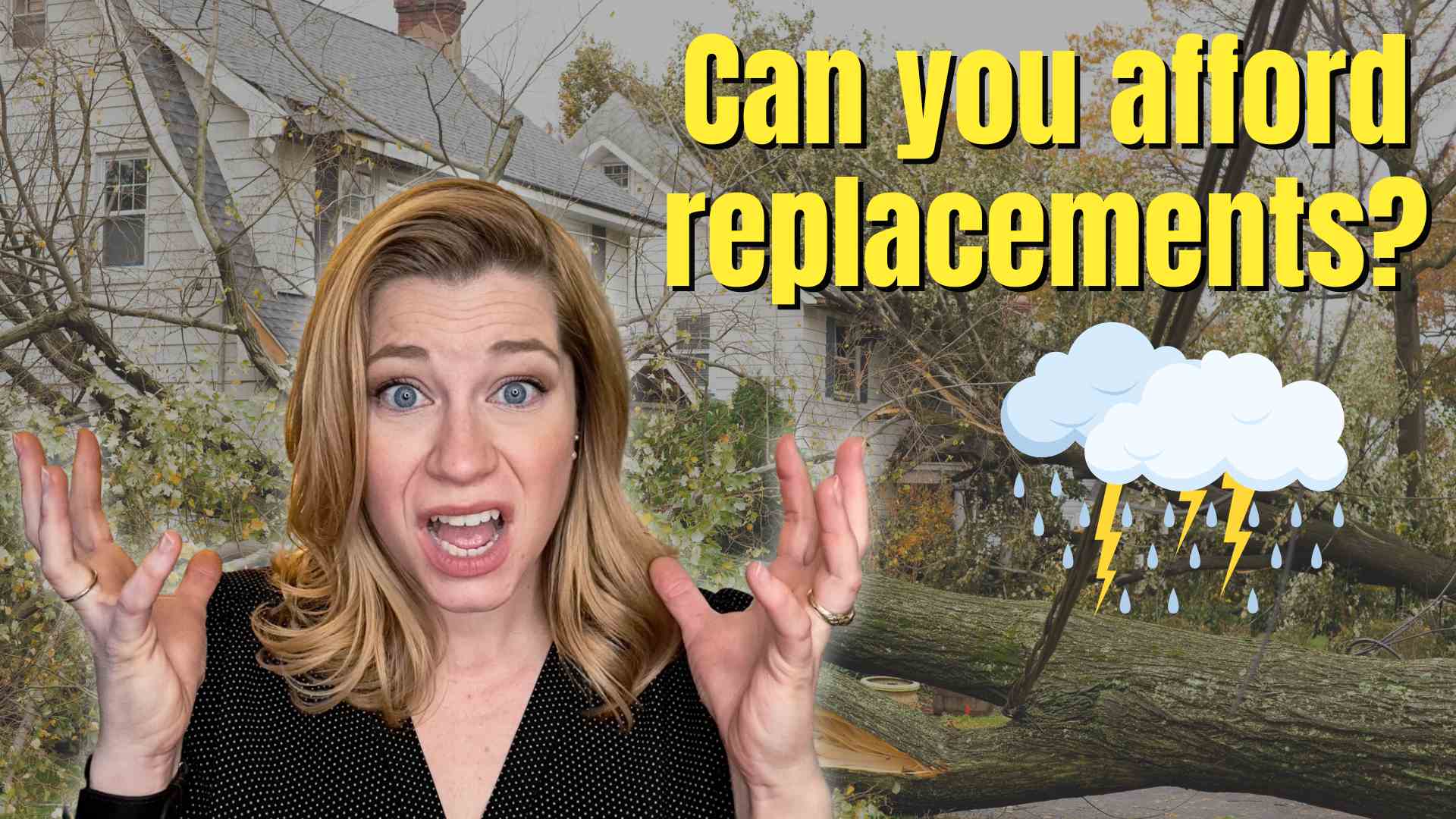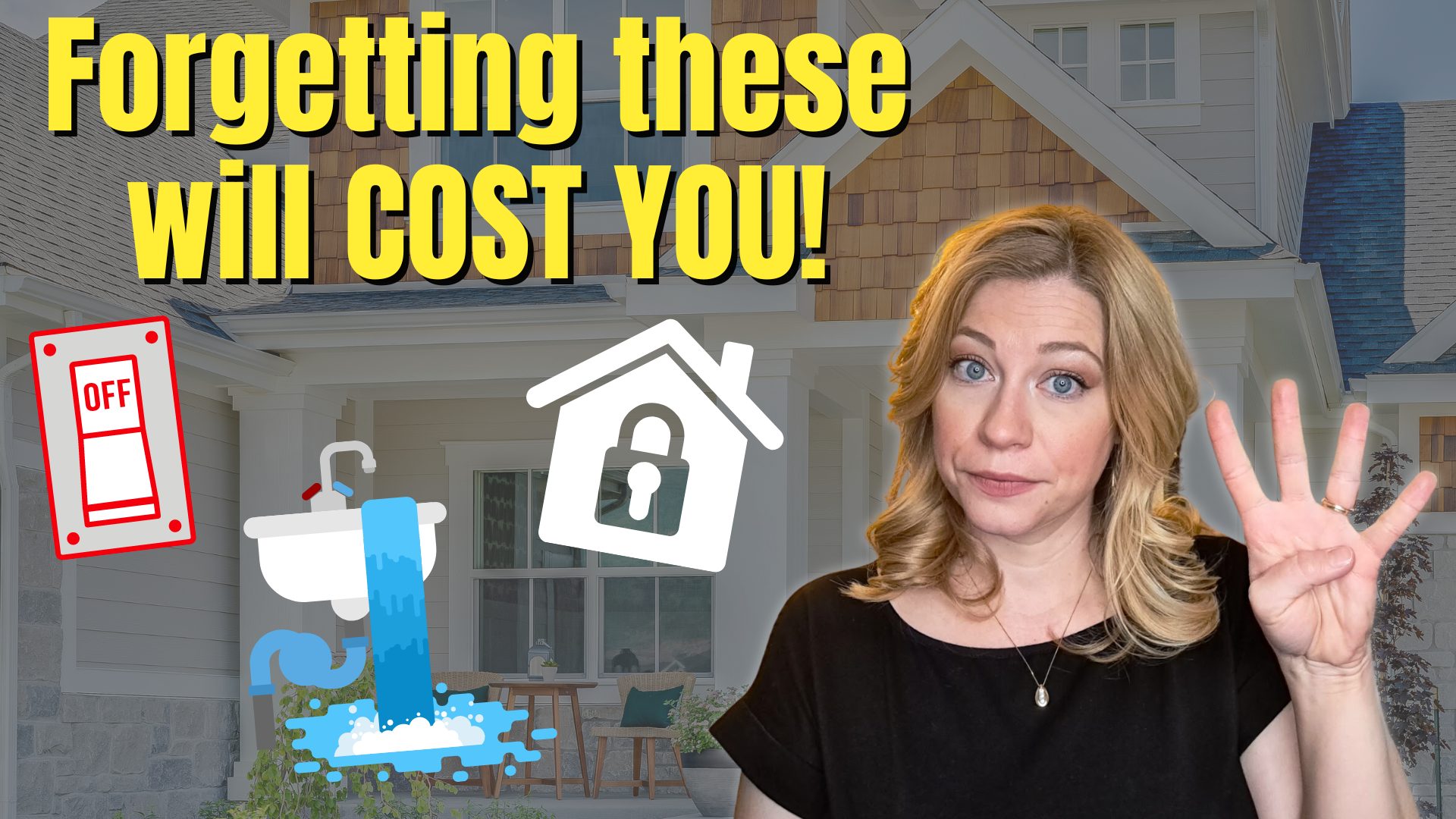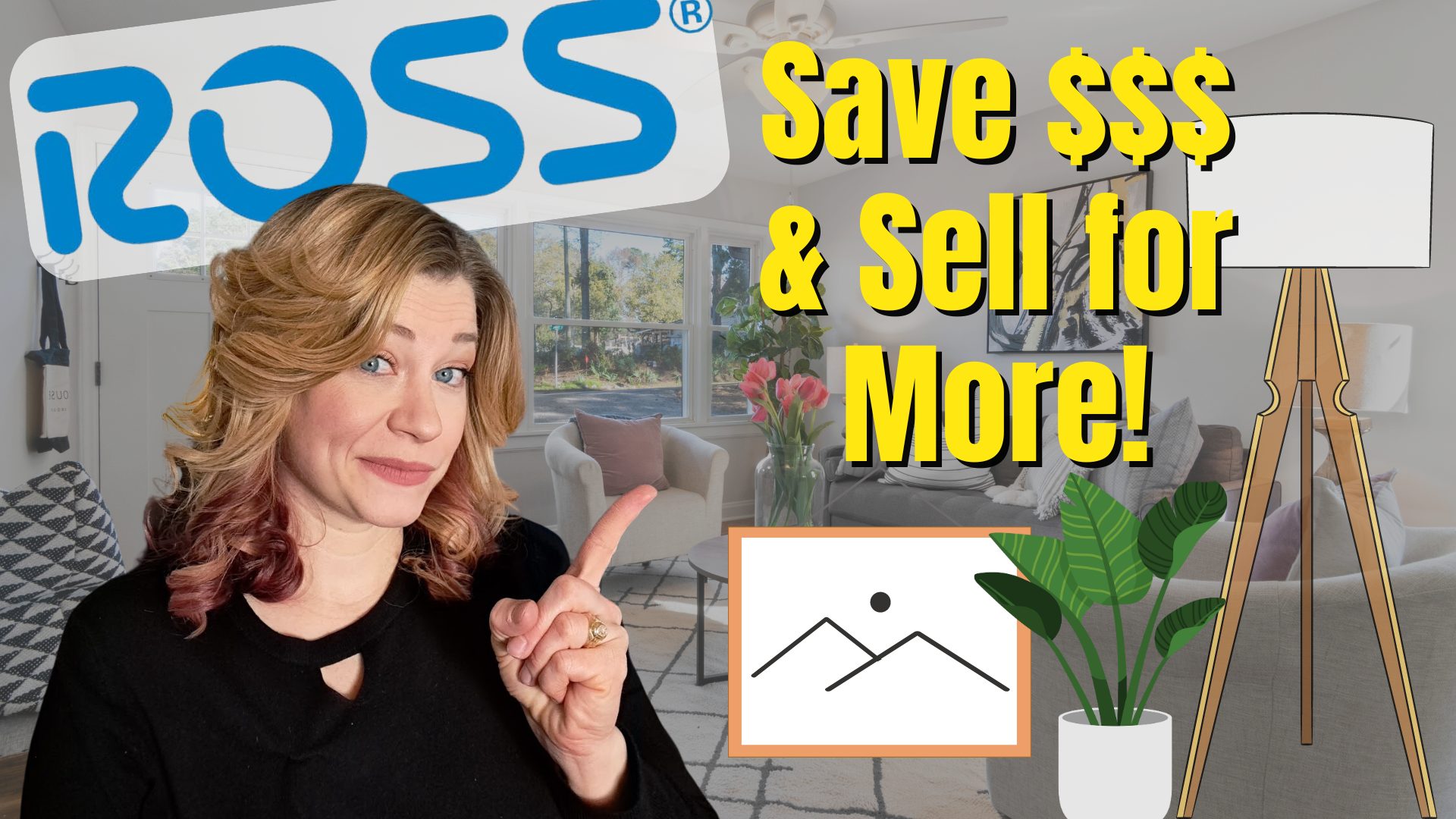May 2024 Denver Metro Housing Market Update
Time for my May Denver Metro housing market update, coming to you on Star Wars Day, May the 4th! Today, we’re diving into some key insights that anyone considering buying or selling a home in the Denver Metro area needs to know. Let’s break down the numbers and discuss the affordability landscape.
Key Takeaways:
- Prices Have Recovered: The median residential property price in the Denver Metro area, including condos, townhomes, duplexes, and single-family homes, has surged back to $600,000. While this is slightly below the peak in spring 2022, the average residential property closed price for April 2024 hit $720,852, indicating a rebound to record highs.
- Inventory is Increasing: April saw over 5,000 new listings, a positive sign for buyers. While not reaching the levels of previous years, this uptick in inventory offers more options in the market.
- Understanding Median vs. Average: Knowing the difference between median and average is crucial for CERTAIN data points, like how long it should take to get an acceptable offer. While the average days on market is 29, the median is only 8! This nuance matters when gauging market trends accurately.
- Affordability Challenge: Monthly housing costs for buying a home have surged by almost 40% over the past two years. This increase is primarily driven by factors like rising interest rates, escalating property taxes, and soaring insurance costs.
Analyzing Denver Housing Affordability – 2 Scenarios:
Let’s dive into some real numbers to understand the impact of affordability over the past two years. We’ll compare two scenarios using the median home price in April 2022 for that year and the current median home price in April 2024 for this year. But remember, you live in the payment, not the price so let’s see how that really works out.
- Buying a House in April 2022 at $615,000: With a 10% down payment and a mortgage rate at 3.75% for example, the monthly payment would have been approximately $3,178, considering property taxes, insurance, and HOA fees.
- Buying a House in April 2024 at $600,000: Assuming the same 10% down payment but with a higher interest rate (around 7%), increased property taxes (up by 38%), higher insurance costs (nearly DOUBLE), and slightly elevated HOA fees, the monthly payment balloons to around $4,428.
This drastic increase of nearly 40% in monthly costs underscores the affordability challenge facing homebuyers in the Denver Metro area right now.
*NOTE, I am NOT a lender or quoting rates, these are just examples*
Let me help:
If you’re navigating the Denver housing market and need expert guidance, I’m here to help. Book a consultation with me at www.calendly.com/RealtorStacie or call 720-295-9089. Whether you’re buying or selling, understanding the market intricacies is crucial, and I’m committed to leveraging data to protect your interests and achieve your real estate goals. From soaring prices to evolving affordability challenges, staying informed is key to making INFORMED decisions.
As always, thanks for your time and please feel free to share this with anyone you think may find it helpful. 🙂

 Facebook
Facebook
 X
X
 Pinterest
Pinterest
 Copy Link
Copy Link








